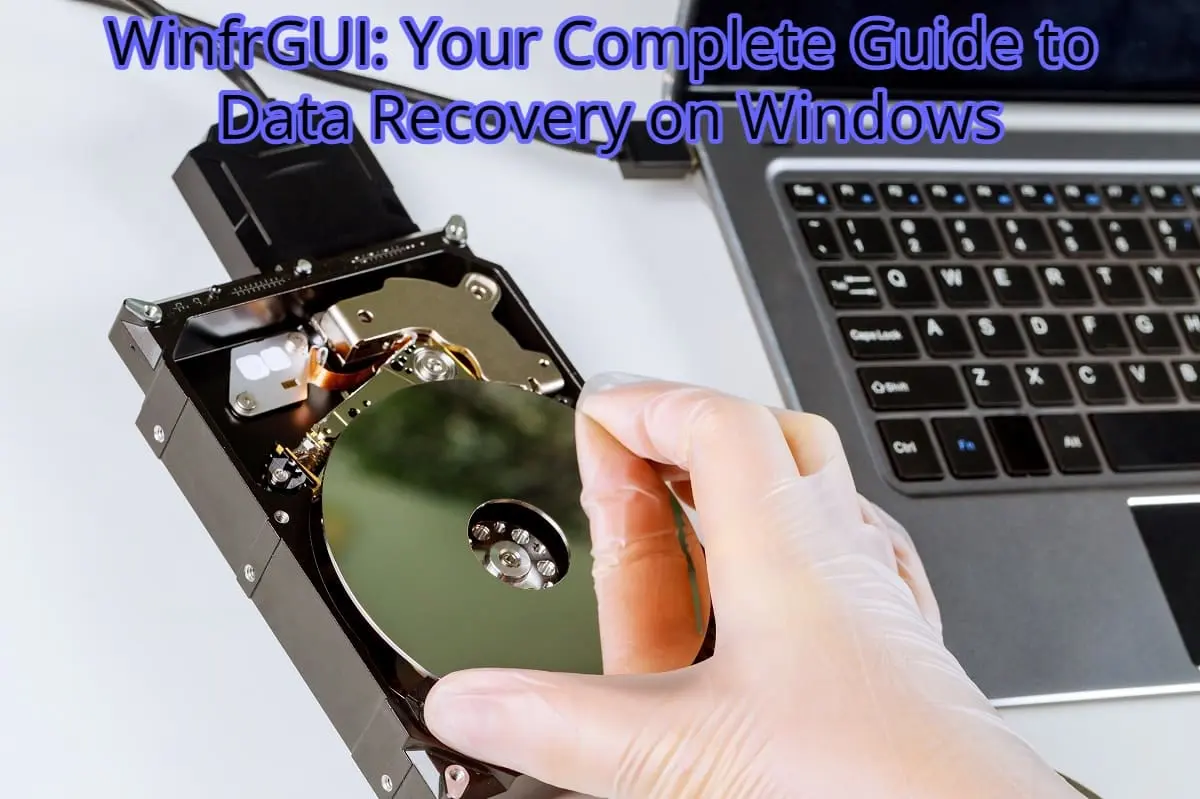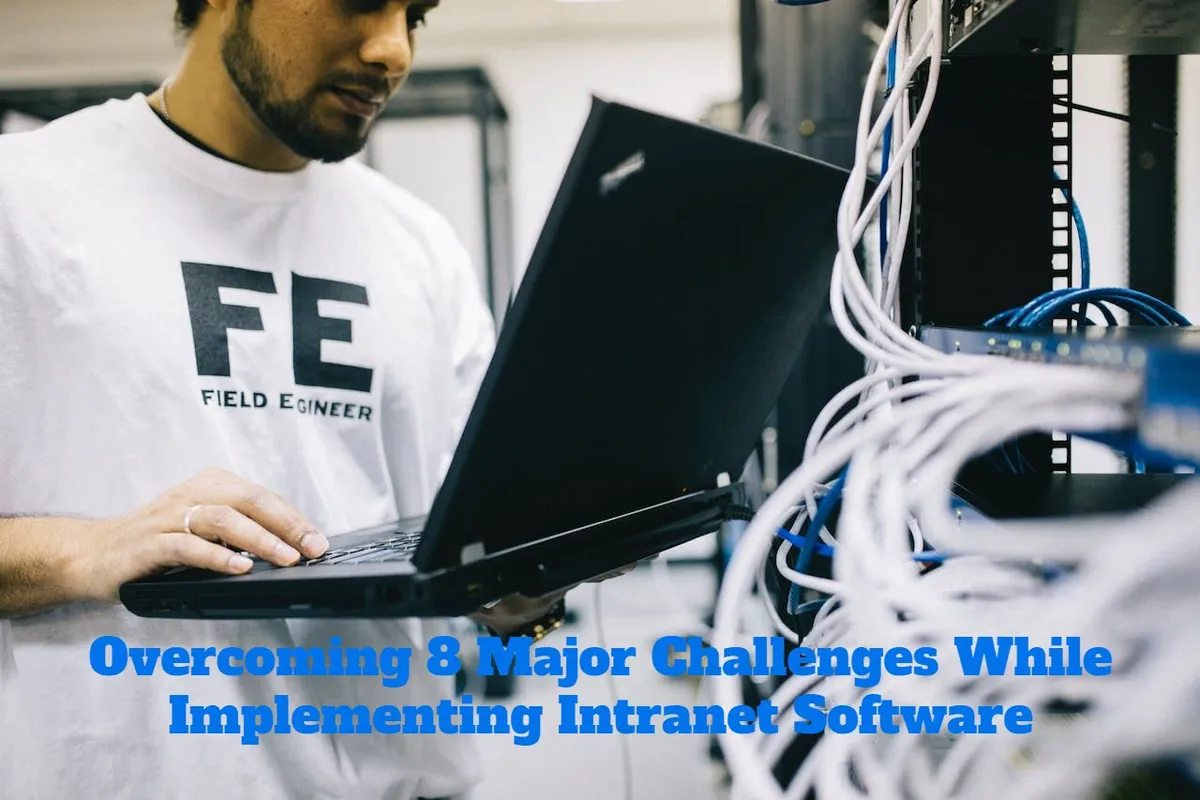IoT devices are components of hardware, including actuators, sensors, tools, or machines, that are configured for specific purposes and can transfer data via the Internet or other networks.
Kevin Ashton introduced the phrase “Internet of Things” or IoT in 1999. IoT, however, didn’t begin to acquire traction on a worldwide scale until Gartner added it to its listing of newly developed technologies in 2011. More than 21.7 billion linked devices were in use worldwide as of 2022, of which nearly 11.7 billion, or 54%, were Internet of Things devices. In conclusion, there are many more IoT devices than non-IoT devices worldwide.
What are IoT Devices?
Internet of Things devices are unusual computer devices that can connect to a network and send data. These include all of the many things that are connected to the Internet of Things. In addition to common devices like laptops, desktops, and tablets, IoT involves extending connectivity to the internet to a range of real-world, everyday objects and gadgets.
These gadgets can easily communicate and connect online since they’re embedded technological.
Types of IoT Devices
Types of Internet of Devices are mentioned below:
Smart Home Devices
The most popular IoT consumer goods are ones for the house. Some examples of smart home devices that make it easier for people to lead more connected, productive lifestyles are AI assistant speakers, automated doors, and connected appliances.
When a household has a low stock of a certain grocery item, an IoT-connected fridge may alert the owner.
Hackers have methods for exploiting these devices and breaking into houses. Particularly notorious for hacking into smart homes are smart locks. Given that anyone can use a smart home device with a straightforward passcode or by tapping a button in a smartphone app, these devices are susceptible to being easily hacked.
Industrial Devices
The Industrial Internet of Things, or IIoT, is a term used to describe an industrial framework in which numerous machines or devices are linked and coordinated using software tools. Industrial IOT includes anything from sophisticated industrial robots to minute environmental sensors.
IIoT has a promising future and will undoubtedly increase output.
Industrial IOT initiatives are typically used by businesses to reduce internal costs. The IIoT has numerous popular applications, including smart factories, smart metering, smart grids, and many others.
IoT is quickly evolving into the engine of innovation powering multiple revolutions. All segments—small businesses, end users, and huge enterprises—will reap the same advantages.
Medical Devices
These devices are essential to patient care in healthcare settings. For nursing teams to properly care for their departments, IoT medical devices assist nurses in remotely monitoring patient vitals.
Outside of the doctor’s office, IoT in healthcare can monitor patient health. Remote home monitoring enables patients to stay safe and prevent frequent, expensive hospital trips. The two biggest problems with IoT healthcare devices are reliability and security. These medical gadgets are susceptible to hacking, just like any other IoT device due to connectivity’s simplicity. Strong precautions must be in place to protect patients if the device loses connection or breaks down.
Wearable Devices
When it comes to monitoring and treating patients with a few of the most chronic medical diseases, wearable technologies are revolutionizing healthcare. IoT wearables and connected sensors are enhancing patient care and assisting hospitals in streamlining operations.
- Wearable sensors, for instance, can detect excessive blood pressure in heart patients and alert medical staff if a patient has it. They can also follow the whereabouts of Alzheimer’s and dementia patients. Wearable IoT devices are enhancing and saving the lives of people with long-term medical issues.
Due to the COVID-19 pandemic, hospitals and doctors began using telemedicine for non-emergency visits, and people were confined to their homes, making these technologies all the more important. Additionally, they let users keep track of and keep an eye on their physical activity. The entire healthcare sector is changing due to wearable technology.
Transportation IoT Devices
Embedded actuators, sensors, and other kinds of Iot devices make up a large portion of the IoT in the transportation sector. IoT-enabled technology and smart solutions have completely changed how the transport industry operates.
To achieve more extensive and secure transportation benefits, governments must integrate IoT into transportation.
How IoT Devices Work
Web-enabled smart devices with embedded systems make up an IoT ecosystem. Internet of Things devices connected to IoT gateways or other edge devices. The data is either transferred to the cloud for analysis or is locally examined.
While people can communicate with the devices to set them up, provide them with instructions, or access the data, the devices do the majority of their job without their help.
Benefits of IoT Devices
The benefits of the Internet of Things devices are mentioned below:
- IoT promotes machine-to-machine communication, often known as M2M communication.
- Control of IoT devices and automation are both good.
- It is easier to use because it is integrated with more technical knowledge.
- IoT increases financial savings by decreasing manual labor and associated time.
- It helps you save lots of time.
- A higher quality of life can be created with good features.
- IoT Monitoring devices are made easier by automating everyday duties.
- Efficiency gains and time savings.
Challenges and Risks
IoT device security and the ecosystems that support them are seriously threatened by modern cybercriminals. The top six dangers now facing manufacturers, operators, and users of IoT devices are as follows:
Limited integration of security
IoT device integration into security systems can be difficult or impossible due to their diversity and size.
The Overwhelming Amount of Data
Data supervision, protection, and IoT device management are challenging because of the volume of data created by the Internet of Things devices.
Unreliable Deployment Sites
IoT devices are occasionally kept in unsafe areas for extended periods, which makes it simpler for hackers to attack them while going unnoticed. These are primarily made to be installed in open, remote locations where an attacker can access the devices physically or discover their MAC addresses.
Awareness
Internet users have learned how to avoid scams or phishing emails, irrelevant links, and other shady practices in recent years. They’ve also picked up the skills necessary to regularly check their computers for viruses and secure wireless internet networks with strong passwords. Most users of IoT devices still do not follow these safety procedures.
Faulty testing
Most of the (IoT) developers don’t prioritize IoT device security concepts, hence they don’t conduct vulnerability testing to find some flaws in the Internet of Things systems.
Unpatched Weaknesses
For a variety of obvious reasons, including the lack of fixes and challenges in installing and accessing them and lack of fixes many Internet of Things devices have vulnerabilities that have not been patched yet.
The Bottom Line
Each IoT device exchanges data packets, which necessitate dependable connectivity, storage, and security, along with the exponential expansion of linked devices. An organization’s ability to manage, monitor, and secure massive amounts of information and links from scattered devices is challenged by IoT.
FAQs
What are 5 IoT devices examples?
The 5 most popular IoT consumer devices in 2023 are energy monitors, smart TVs, smart locks, smart speakers, connected thermostats, smart bulbs, and home security systems.
What are the types of IoT?
There are many but a few of them are mentioned below:
- Bootstrap IoT Connectivity for OEM.
- IoT Connectivity Management.
- Use cases IoT
Is IoT always wireless?
Although the majority of IoT devices will use some type of wireless connectivity, they can connect and share data in a variety of ways.




